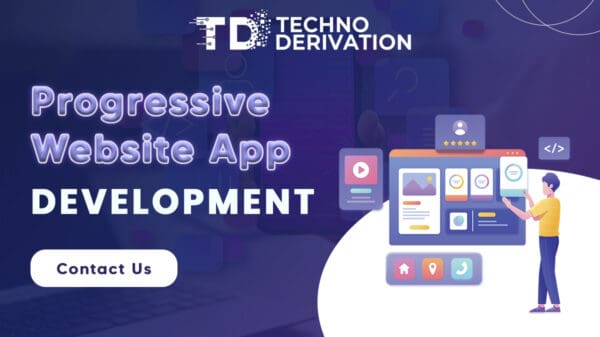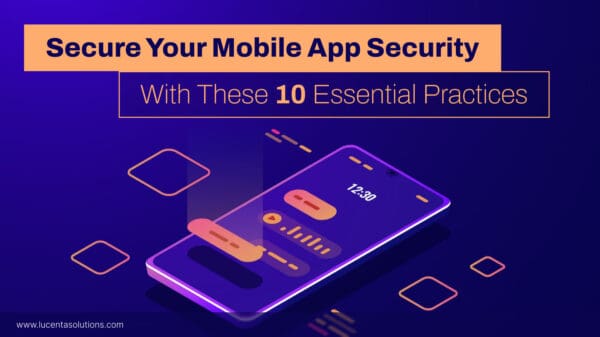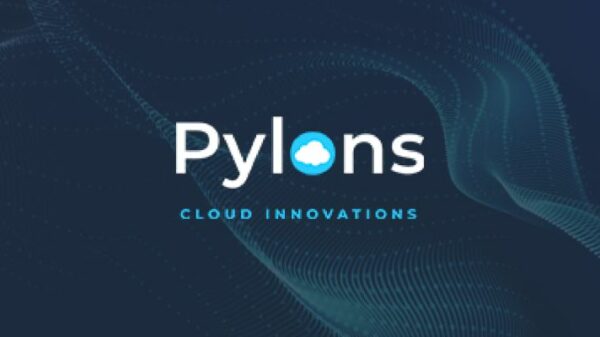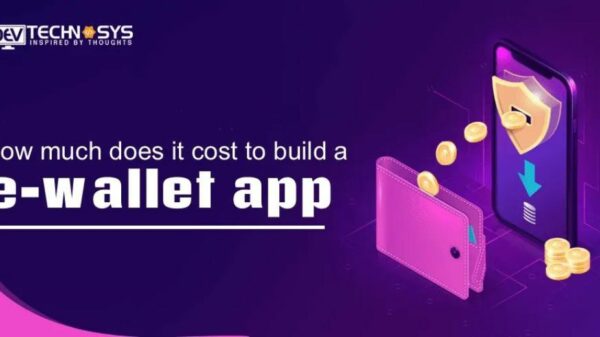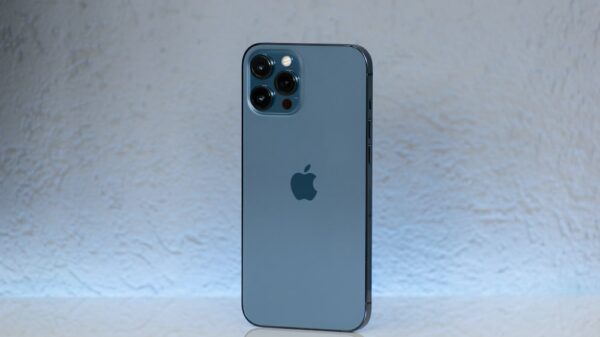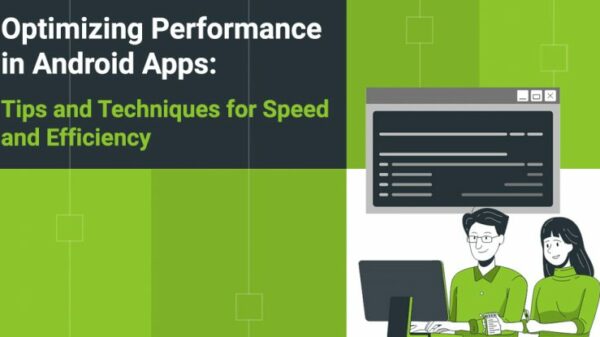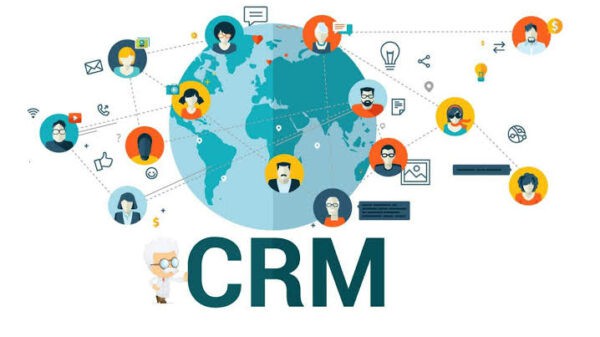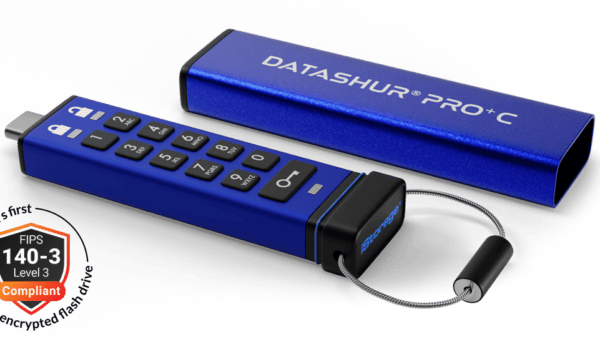 SIP or, Session Initiation Protocol, is the process by which a communication process is started on an IP Network. When an IP address initiates a call to another IP address, a session is started by the IP-PBX. It then identifies the receiving IP address, connects it to the calling IP address, and allows the call to continue.
SIP or, Session Initiation Protocol, is the process by which a communication process is started on an IP Network. When an IP address initiates a call to another IP address, a session is started by the IP-PBX. It then identifies the receiving IP address, connects it to the calling IP address, and allows the call to continue.
SIP trunking refers to the technology used to facilitate connection an ongoing session with a PSTN line that is not on the digital network. It is a direct connection between calling IP address and the ITSP (Internet Telephony Service Provider), and enables the user to extend VoIP telephony beyond the organization without the requirement of an in-house IP-PSTN gateway. Unlike a PSTN provider, the lines provided in SIP trunking are not physical wires but a service over the internet. An IP-PBX, a SIP trunk, an Internet connection, and a service agreement with an ITSP are all necessary to deploy SIP Trunking.
Need for SIP Trunking
SIP is necessary as it creates and controls the communication sessions which are the basis of VoIP telephone technology. SIP is also used for conferencing, instant messaging, presence updates and other real time services. SIP trunking implementation helps a business organization to simplify it’s telecommunication process. This offers improved real time communication and line extension to non-digital circuits. As a result, business organizations can benefit a lot when it comes to cost cutting and call management. SIP trunking not only offers VoIP calls, but also provides many other features which are of immense use for business communication.
There are lots of benefits of SIP trunking. Some of the major business benefits of SIP Trunking are listed below:
Save money on long distance service: Long distance service cost is reduced by using SIP trunking connection. Without SIP trunking one has to PSTN extra lines and pay for them whether they are used or not.
Eliminate IP-PSTN gateways: As SIP trunking connects directly to the ITSP without traversing the PSTN, users can get rid of their internal IP-PSTN gateway and respective attendant cost as well as the complexity. Some ITSPs even host a PBX for the user and takes over both PBX hardware as well as user administration if chosen. This can easily manage both the PBX hardware and user administration efficiently. This significantly reduces the complexity, maintenance and administration. Also they remove the need to deploy IT staff.
Eliminate a redundant network: With SIP trunking connection, the organization will have only one IP based network rather than redundant phone and data network. This in turn saves a lot of money by reducing costs which are associated with using telephone and data networks as two independent connections.
Eliminate BRI and PRI subscription fees: In some organizations there is need for two or more main interface or PRI. With SIP trunking being directly connected to the ITSP, users can get rid of high cost BRIs and PRIs and replace them with significantly low cost services. Furthermore, it is not necessary to purchase lines in large blocks of 24, 32 and so on. Users can purchase just the required bandwidth and at a comparatively lower costs. SIP trunking, instead of converting the calls to TDM, keeps them as SIP session and delivers them to SIP providers. With SIP trunking, users can use the existing data connection and related services for voice calling.
Extend the capabilities with Additional Services: With a SIP trunking system at workplace, user can easily avail extended services such as emergency calling. SIP trunking is also very stable and can automatically be rerouted to any location based on business rules and needs. This service also offers additional possibility of inbound call receiving from non-digital circuits in one or more physical points. With an addition of SBCs, SIP trunking enables centralized management of entire network. Future development is expected to take place so that greater integration with mobile phones, presence information can be availed.
With so many benefits, it is no wonder SIP trunking has become so popular for business communications.
Michelle Patterson is a blogger more interested in HRMS, Technology, and Business. She has been invited by many companies to see their products and love sharing the knowledge and experience with the world.







